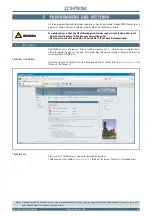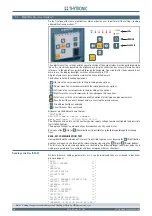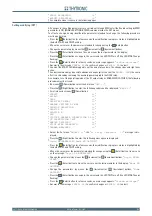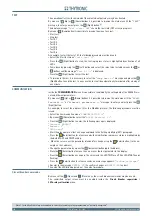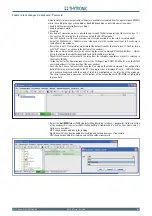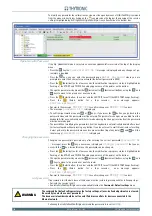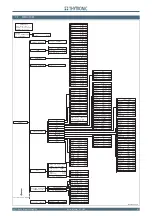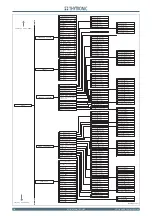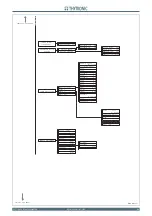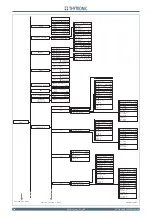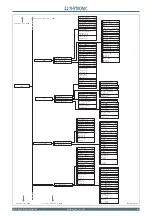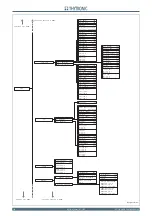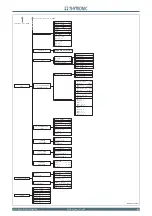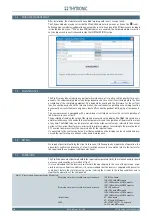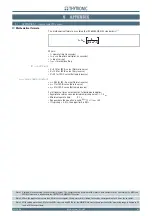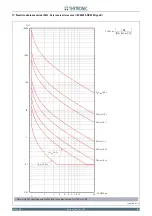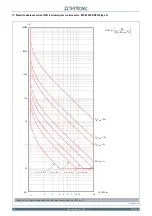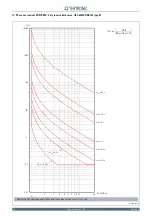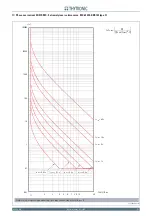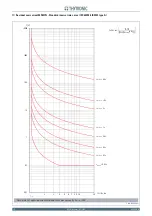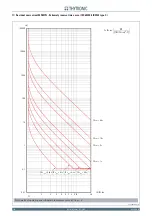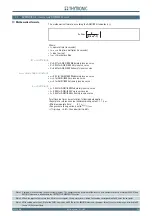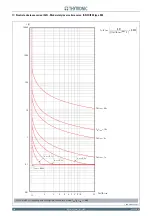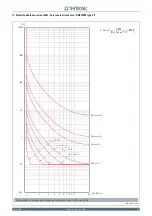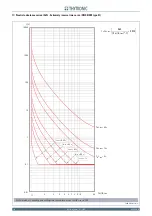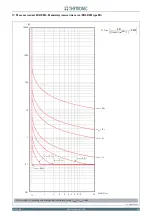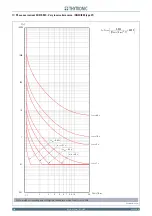
165
NC20 - Manual - 01 - 2015
APPENDIX
8 A P P E N D I X
8 A P P E N D I X
8.1
APPENDIX A1 - Inverse time IEC curves
Mathematical formula
The mathematical formula, according the IEC 60255-3/BS142 standards is:
[1]
Where:
t
= operate time (in seconds)
t
I>inv
= setting time multiplier (in seconds)
I
= input current
I
>
inv
= threshold setting
K
= coeffi cient:
K
= 0.14 for IEC-A curve (Normal inverse)
K
= 13.5 for IEC-B curve (Very inverse)
K
= 80 for IEC-C curve (Extremely inverse)
α
= curve shape constant:
α
= 0.02 for IEC-A curve (Normal inverse)
α
= 1 for IEC-B curve (Very inverse)
α
= 2 for IEC-C curve (Extremely inverse)
For all inverse time characteristics, following data applies:
Asymptotic reference value (minimum pickup value): 1.1
I
>
inv
Minimum operate time:
0.1 s
Range where the equation is valid:
[2][3]
1.1 ≤
I
/
I
>
inv
≤ 20
If
I
> pickup ≥ 2.5
I
n
, the upper limit is 50
I
n
Note 1 Symbols are concerning the overcurrent element. The comprehensive overview of the inverse time characteristics concerning the 50/51 and
50N/51N elements is dealt within the PROTECTIVE ELEMENTS section
Note 2 When the input value is more than 20 times the set point , the operate time is limited to the value corresponding to 20 times the set point
Nota 3 With setting more than 2.5 In for the 50/51 elements and 0.5 IEn for the 50N/51N elements, the upper limit of the measuring range is limited to 50
In and 10 IEn respectively.
•
•
•
•
•
•
•
•
•
•
•
•
•
•
t
=
t
>
inv
·
[(
I
/
I
>
inv
)
α
-1]
K
t
=
t
>
inv
·
[(
I
/
I
>
inv
)
α
-1]
K

